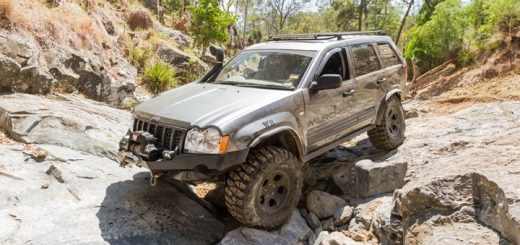Martial Arts for Self-Defense: Beginner’s Guide to Jiu-Jitsu
Brazilian Jiu-Jitsu (BJJ) is a martial art revolving around the philosophy of self-defence and discipline sometimes known as “the gentle art”, which has increased in popularity and is now more accessible than ever before. The sport is one of the finest workouts with numerous health benefits such as weight loss, body strengthening, increased confidence, problem-solving abilities, and positive willpower.
What to Wear
Much like any other form of martial arts, Brazilian Jiu-Jitsu has a strict dress code. Participants must wear a uniform of some type, often referred to as a gi or kimono, in order to be allowed to participate.
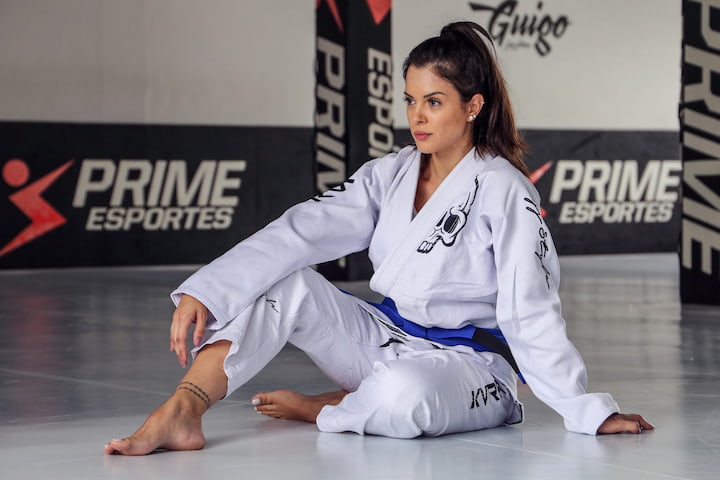
Jiu Jitsu Gi
In a nutshell, traditional Jiu Jitsu Gi’s typically consist of a heavy-duty top made of cotton and drawstring pants, along with a tightly wrapped belt to secure the uniform in place. They’re designed to withstand the grapple and pull of your opponents, with a fully tailored fit that allows for maximum comfort and mobility.
As for the particular weave of Jiu Jitsu Gi’s, there’s a significant amount of choice. The two main types are single weave and double weave, with each offering varying degrees of thickness and durability. Single weave models are an affordable and lightweight option, while double weave models are much more durable and perfect for advanced BJJ training.
You can also opt for some of the more unconventional options such as honeycomb, pearl and gold weave, as well as rashguards, board shorts and spats. These are typically seen as a good middle ground between the heavyweight and lightweight options because they offer more flexibility and breathability while still delivering ample durability and protection.
As for the colours, they’re often chosen for personal preference or for a specific team’s branding. The core five colour options are white, black, blue, red and grey – which are all seen as traditional hues. However, if you want to stand out, there are plenty of more vibrant options available too, including pink, green, purple and even camo.
Make sure you check in with the specific requirements of your BJJ gym when selecting a model, as some will have specific rules and regulations in place. Oftentimes, competitions and tournaments will require a gi with a specific colour or fabric weave, which you’ll need to comply with if you want to participate.
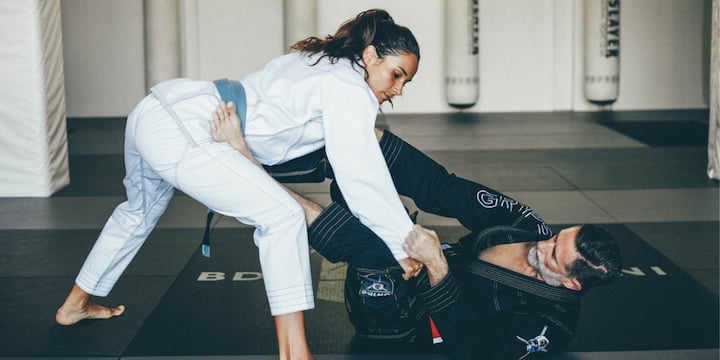
Alternative Uniform
On occasion, you will practise “no BJJ Gi” or “submission grappling,” in which case you will not be obliged to wear the standard gi, but rather grappling/MMA clothing. This type accommodates a broad range of choices, such as rash guard-style/spandex tops (short or long sleeve), T-shirts (short or long sleeve), MMA grappling or basic sports shorts, rash guard-like pants (spats), and Gi trousers. And for the protection of yourself and others, avoid clothes featuring zippers, rivets, and buttons that might cause damage.
Important Training Positions
The golden rule of wrestling is to always be on top. While on top, maintain your position. When on the bottom, establish an impenetrable defence. Because of the remunerative nature of the guard, the first guideline is frequently disregarded. The fact that the top position is the most desirable does not make the guard any less attractive. Even at the highest levels of competitive BJJ, pulling guard is a prevalent strategy employed by grapplers.
Passing the guard affords the opportunity to practise pins and back attacks. Pins are essential to grappling because they allow you to restrict your movement and remain safe. The back is another advantageous position, and grapplers who love to practise on strangles favour it the most.
A good back take allows you to get control of your opponent and assault their neck. Although this is a mere scratch of the surface, here are some of the most significant positions in BJJ that you should familiarise yourself with before enrolling in classes.
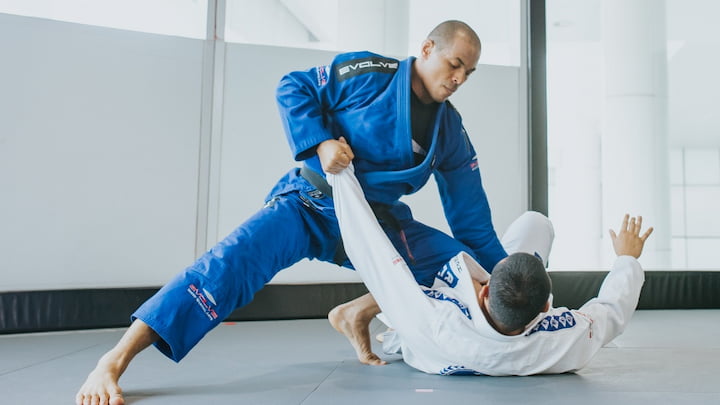
Back Mount
In BJJ, the back mount is the dominant position. It is a posture in which both legs are wrapped around the opponent’s body (body triangle) or put around the hip (hooks) to hold them in place.
Here you use your hands to control your opponent with a chest-to-back connection (seatbelt grip) and perform submissions. This is the most powerful posture in grappling, as the opponent cannot see your punches coming from behind them.
Complete Mount
When blows are permitted, the mount is one of the most common grappling positions and perhaps the strongest. It is a posture in which you lay on top of your opponent and restrict their torso and hip movement with your legs. Your hands govern the motions of your opponent should they attempt to escape.
Knee On Stomach
The knee on the belly is a stance typically employed by higher belts to subdue uncoordinated training partners. It is a pin in which one knee is driven into the opponent’s body, typically at the solar plexus or chest, while the other leg is planted on the mat. It provides the same advantages as the horse, albeit it is quite unstable, particularly against huge foes.
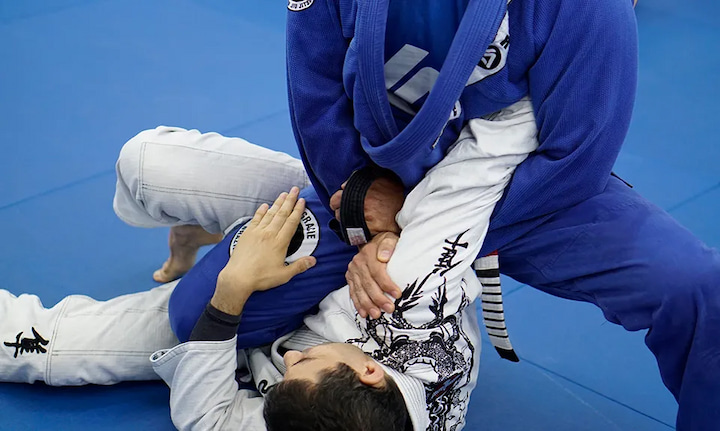
Side Control
Larger and more powerful grapplers gravitate towards the side control pin, and with good reason; it is a difficult position to escape. Typically, it is the first position you seek after past the guard. Side control is when you maintain a chest-to-chest connection with your opponent while lying perpendicular to them. Your legs are utilised to obstruct their hip so that they cannot escape. It is the most desired position for stability and is employed extensively before shifting to other pins.
Turtle
The turtle is a defensive stance commonly employed after an unsuccessful takedown attempt. It is also a typical transition from inferior positions, such as bottom-side control, to this position. The turtle position is so named because it resembles a turtle’s defence stance when it feels attacked.
Here, you should keep your head, neck, and arms close to your body to prevent your opponent from submitting you or flipping you over. Pairing the turtle with movements such as the Granby roll and sit-out is vital for maintaining maximum mobility.
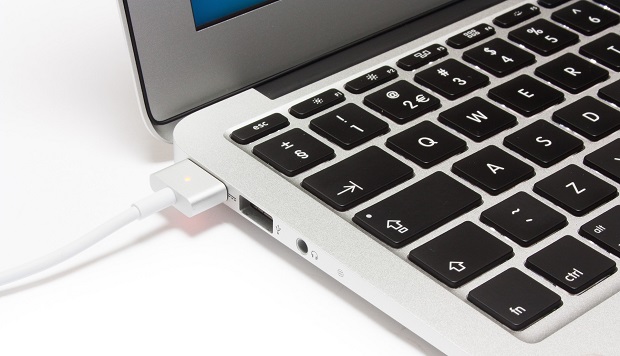
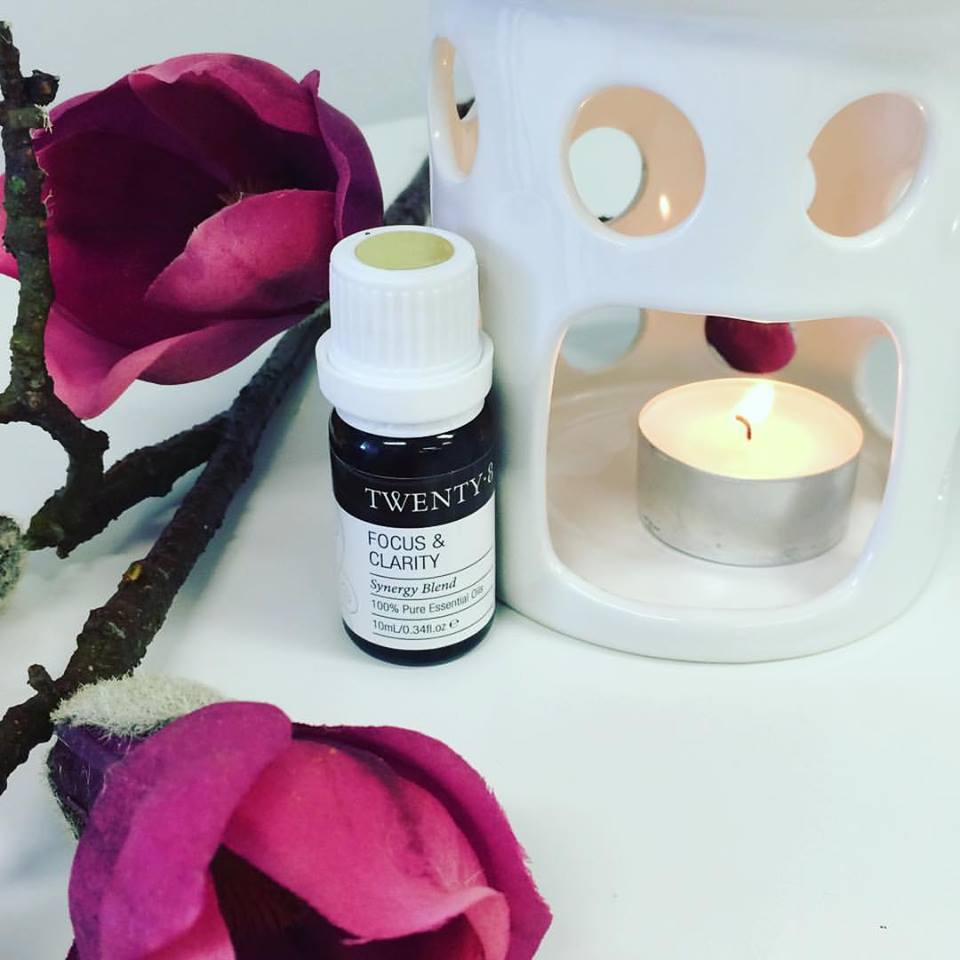

![AFX Sauber F1 C44 Stake No24 Slot Car [22092]](https://www.availableonline.com.au/wp-content/uploads/2025/06/6ccd9e30-c6fa-4910-9081-5fcc3ba80b04__60843-520x245.jpg)


